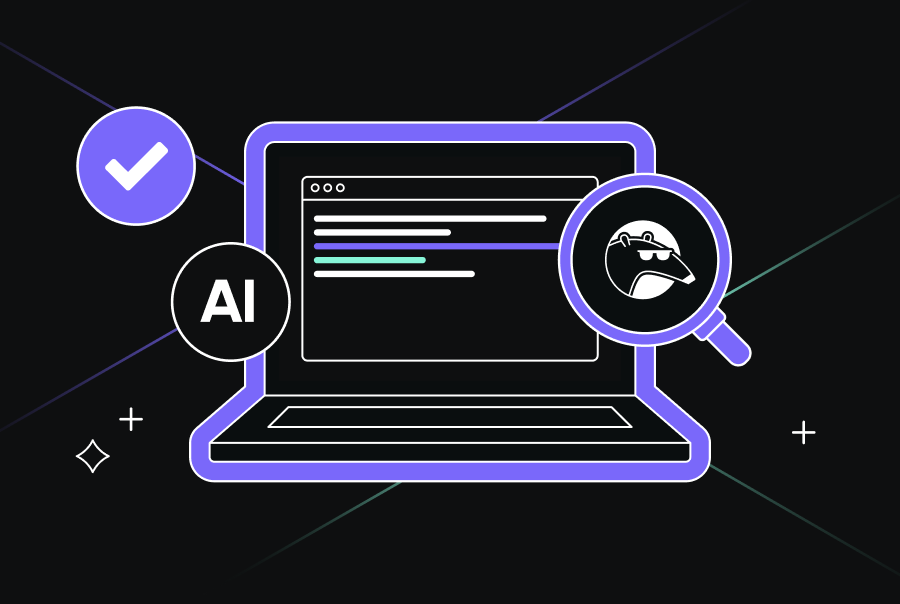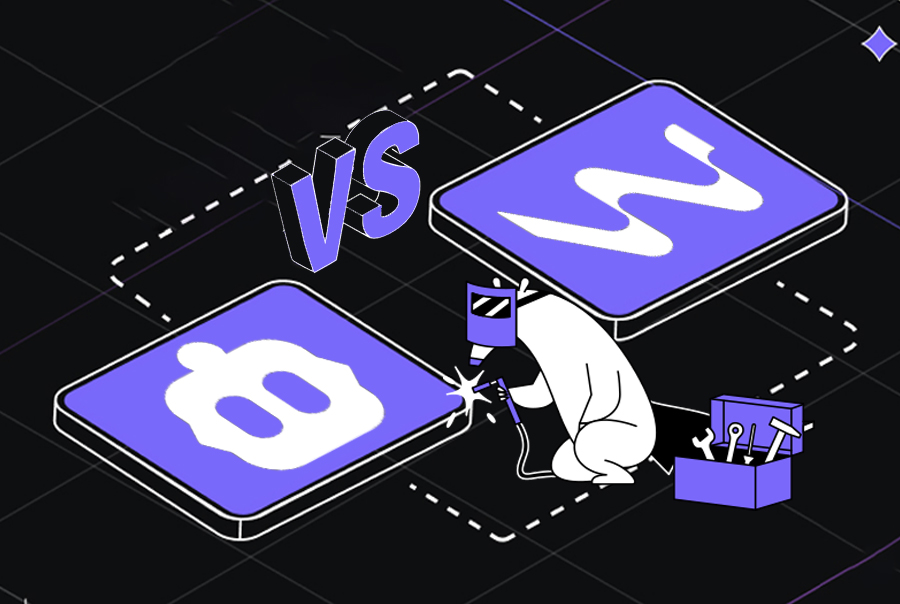Google’s Reverse Acquihire of Windsurf: A Glimpse Into the Future of AI Developer Tools
The reverse acquihire of Windsurf by Google is more than a corporate reshuffle. It offers a rare glimpse into the strategic realignments happening in AI-powered developer tools – a space that is powerful, promising, but still deeply unsettled.
Windsurf set out with an ambitious bet: bringing “agentic” capabilities directly into the IDE. It wasn’t just about generating code snippets faster; it aimed to create a true coding partner, capable of understanding high-level intent and navigating large codebases contextually.
I appreciated that.
Windsurf found early traction and excitement, but ultimately found itself caught between larger code generation players and the platform players, limited integrations, and the thus an inherent friction of building truly autonomous agents inside developer workflows.
After the OpenAI acquisition talks fell through, Google stepped in to bring over key founders and R&D talent – leaving the company and product itself in a state of transition, with an interim CEO at the helm. Google’s Gemini Code Assist and Gemini CLI signal Google’s push toward deeper integration of generative AI throughout developer workflows, and the Windsurf move strengthens this bet. Although, Windsurf is actually bought into Deepmind, and will probably focus on building foundation technology.
Practically, this move reshapes the current “camps” in AI dev tooling:
- Google / DeepMind / Windsurf – now aligned with Gemini’s broader vision.
- Microsoft / OpenAI – see Microsoft & OpenAI’s deep yet tricky partnership.
- AWS & Anthropic – AWS & Anthropic’s expanding collaboration. (although Antropic is also camping with Google to some extent)
- xAI – Elon Musk’s xAI shaping an alternative direction.
Meanwhile, startups like Cursor and Qodo seem to remain the most “neutral” players, allowing developers to choose any model and run on any cloud. This neutrality isn’t just a technical detail – it signals a mission-driven approach, favoring openness and flexibility over deep platform alignment. In a world increasingly defined by tight ecosystem lock-ins, this could turn into a strategic superpower.
But beyond the headlines, the bigger questions loom:
- Which layer of the stack should actually be abstracted by these new tools?
- Who owns the critical developer interface – the IDE, the CLI, or something entirely new?
- How much autonomy do developers really want to give to these agents?
- How do we embed AI across the entire software development lifecycle (SDLC), from planning to production?
- How do we design memory and context at the scale of an entire dev org?
AI in the IDE is only the beginning. While the current generation of tools is powerful, with “agentic” capabilities for planning, reasoning, and acting, are still maturing and far from realizing their full potential. (For a deeper look at these early agentic concepts, see OpenAI’s function calling and assistant overview.)
In the end, the story is as much about strategy, agility, and developer trust as it is about product, innovation and technology. We’re all living through this transition in real time, shaping it line by line, commit by commit. The most exciting part? We’re just getting started. Betting on one camp might be too limiting and leave you behind in short or long time periods.

